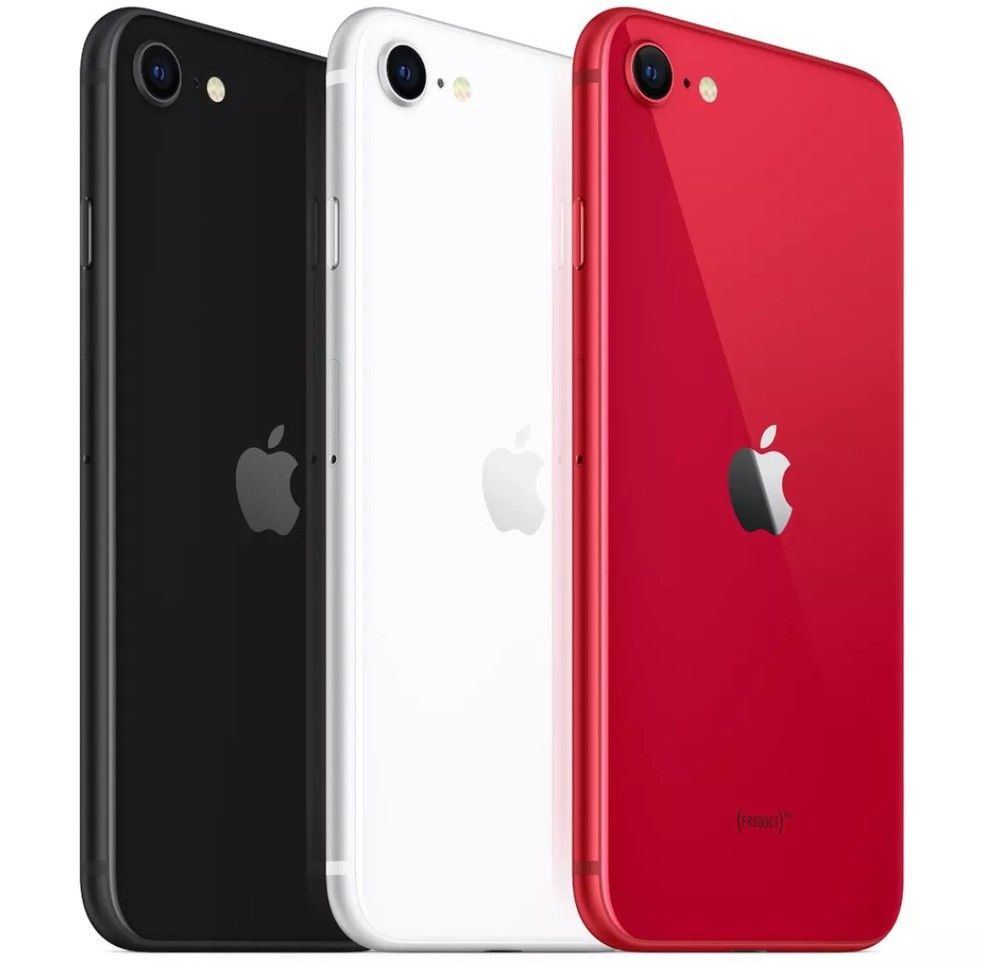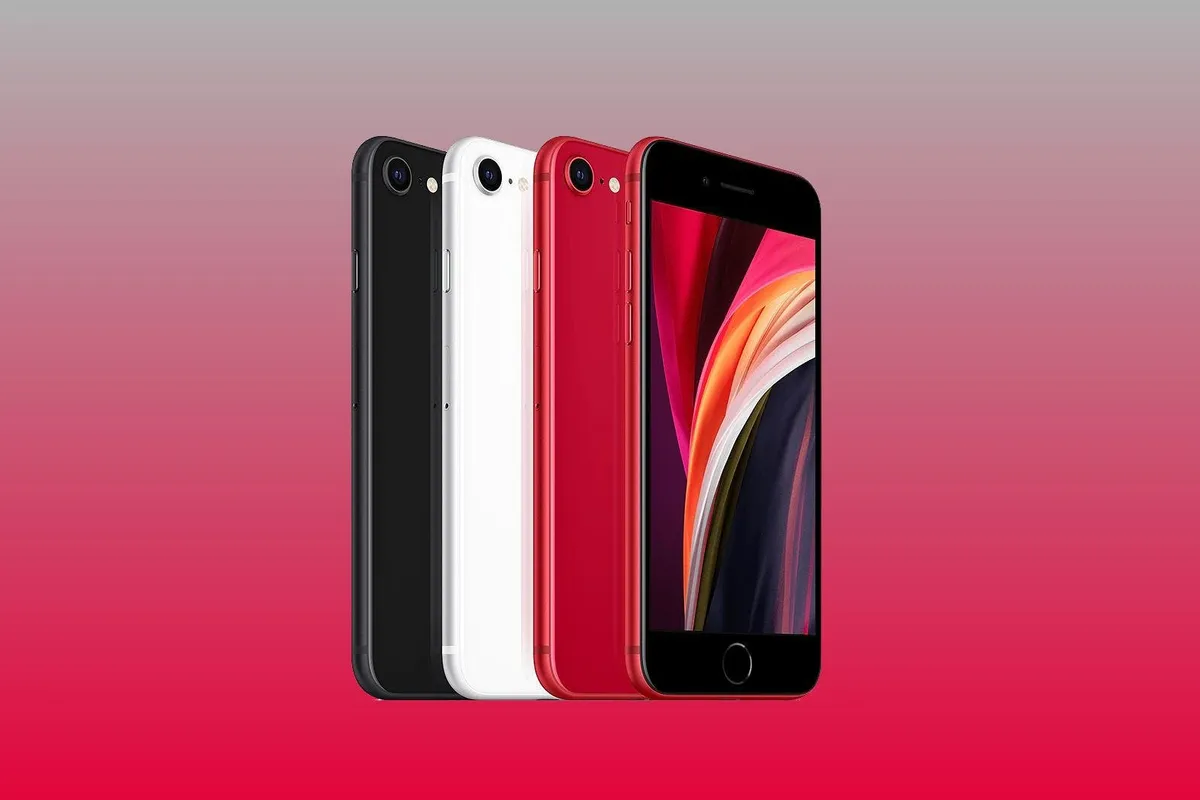Apple has increased its efforts to make India an important partner to diversify the iPhone production. Moreover, through the manufacture of iPhones in the country, the Cupertino-based firm could provide tariff-free units for the local market. After the first-gen iPhone SE tipped off local assembly three years ago in 2017, the company has only improved its local manufacture. Over the past few years, we saw a couple of products joining the list of Made in India devices. The list includes the iPhone 6s, iPhone 7, XR, iPhone 11, and finally, the iPhone SE 2020.
That's right, three years after the first iPhone SE started to made in India, the new 2020 edition is joining the gang. Starting this week, the company will be manufacturing the iPhone SE (2020) in India. It's the sixth locally procured phone in Apple's lineup. The Cupertino-based firm confirmed the big news through a statement to local tech outlets. The second-gen SE is now down to INR 35,999 as part of the Apple Days sales event. While the $485 price tag may be attractive for the newest iPhone device, the price may drop even further due to the local manufacture. The first made in India iPhone SE units will likely hit store shelves in September.

In a statement emailed to Gadgets 360, Apple said, “iPhone SE packs our most powerful chip into our most popular size at our most affordable price and we're excited to be making it in India for our local customers.”
India is giving some key incentives to make local manufacturing more attractive for smartphone makers. First of all, the companies assembling devices in India will save up on high import duties. It includes a 20% import tax. When it comes to Apple, the company is likely to move up to 20% of its iPhone production from China to India in the near future. In light of the consequences caused by the COVID-19 pandemic and the whole US vs China trade way, the company wants to diversify its manufacturing cells across the world.
Apple iPhone SE (2020) is a reasonable choice if you're a die-hard fan of traditional iPhone's design. It ditches the infamous notch design language that started in 2017 with the iPhone X. Instead, the device looks like an upgraded iPhone 8 with a glass back. It also brings the Touch-ID back with a haptic feedback button. The device offers the same performance that of the last year's iPhone 11.






Place comments
0 Comments
You are currently seeing only the comments you are notified about, if you want to see all comments from this post, click the button below.
Show all comments